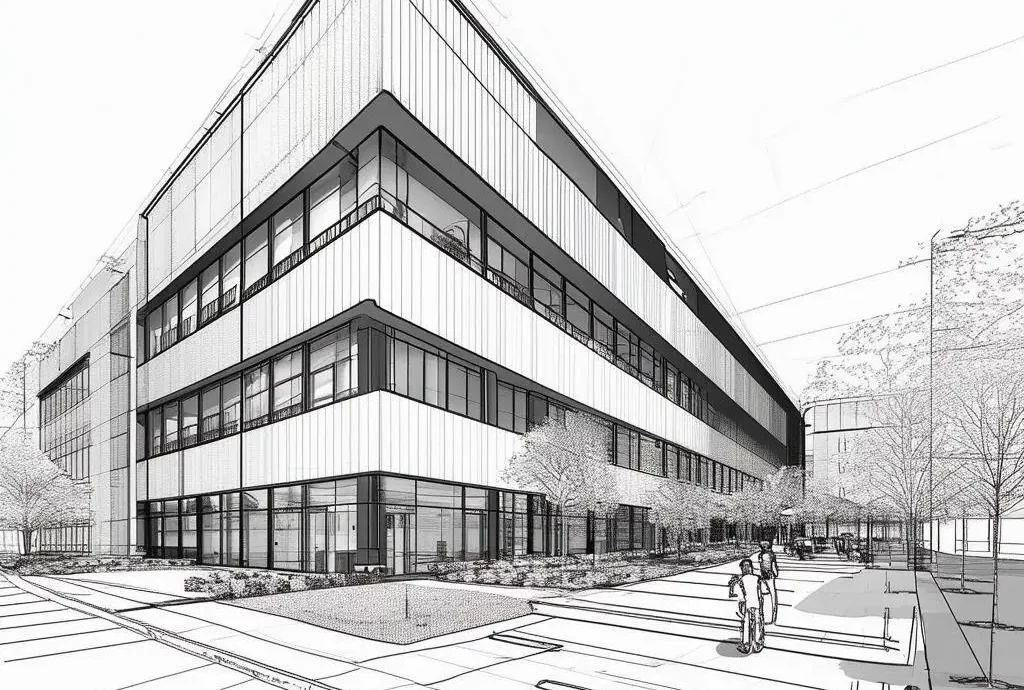Designing with Purpose: Creating Spaces for Rehabilitation and Recovery
Posted on 21 January 2025 By Lucy Fisher

In This Article
The design of a space can profoundly impact physical, emotional, and psychological recovery. Thoughtful, purposeful environments are crucial in rehabilitation settings such as hospitals, clinics, and therapy centres. These spaces can encourage healing, provide comfort, and support individuals. In this post, we explore key design elements that elevate rehabilitation spaces, focusing on accessibility, therapeutic environments, restorative features, and technology integration.
Accessibility First: Removing Barriers to Recovery
Universal accessibility is foundational to creating effective rehabilitation spaces. These environments must cater to individuals with diverse abilities, ensuring that everyone can navigate and use the facilities comfortably and safely.
Key features of accessible design include wide doorways and hallways to accommodate mobility aids, as well as accessible restrooms and therapy rooms designed with functionality in mind. These spaces encourage independence, allowing individuals to move and engage in activities without unnecessary assistance. They also reduce the risk of injury, creating a safer recovery environment.
To achieve accessibility, design should incorporate slip-resistant flooring and lever-style door handles for ease of use. Clear wayfinding with tactile and visual cues ensures that individuals can confidently navigate the space, further enhancing accessibility.
Therapeutic Spaces: Environments That Heal
Therapeutic spaces play a pivotal role in supporting recovery through targeted interventions. Dedicated areas for therapies such as physiotherapy, occupational therapy, and hydrotherapy are essential components of rehabilitation design.
These spaces should be equipped with adjustable equipment and advanced technologies tailored to deliver various therapeutic needs. For example, hydrotherapy pools with hoisting systems and precise temperature control enhance patient comfort and safety while facilitating effective treatment.
Designing therapeutic environments also involves reducing stressors. Acoustic treatments can minimise noise levels, fostering a calmer atmosphere for both patients and staff. Incorporating natural lighting into these areas also helps boost mood and focus, promoting a more positive therapeutic experience.
Restorative Design Elements: Spaces That Encourage Rest and Recovery
Restorative design focuses on creating calming environments that encourage relaxation and healing. Both patient rooms and communal areas can benefit from such thoughtful design approaches.
Biophilic elements, such as natural materials and greenery, bring the outside world into the space, encouraging a connection with nature. Soft, neutral colour palettes promote tranquillity and help reduce stress and anxiety. Together, these elements create a sense of safety and comfort, essential for recovery.
Adjustable lighting that mimics natural day-night cycles can further enhance the healing process, helping to regulate sleep patterns and overall well-being. Quiet zones or designated spaces for moments of respite can provide people with the opportunity to recharge, supporting their recovery.
Technology Integration: Smart Solutions for Recovery Spaces
Incorporating technology into rehabilitation environments enhances patient progress and simplifies staff workflows. Interactive tools for therapy tracking and feedback engage patients in their rehabilitation journey, while smart home-style controls enable personalised room settings that promote comfort and independence.
These technological advancements improve convenience and empowerment for patients, allowing them to take an active role in their recovery. For staff, streamlined tools and reliable systems make it easier to monitor progress and provide tailored care.
To ensure successful integration, it is essential to adopt user-friendly interfaces that cater to both patients and staff. Robust data security and system reliability are also the pinnacle of design considerations, safeguarding sensitive information while maintaining reliable functionality.
Conclusion
Thoughtful design is a powerful tool for creating rehabilitation environments that promote recovery and healing. By prioritising accessibility, therapeutic spaces, restorative elements, and technology integration, we can create holistic spaces that support physical, emotional, and psychological well-being.
Purposeful design is not just about functionality; it’s about shaping environments that empower individuals on their recovery journey. Are you ready to create recovery-focused spaces tailored to your facility’s needs? Contact us to collaborate on innovative designs that meet your client’s needs.
Speak to The Experts
Need assistance with product enquiries, general inquiries, or product support? Our Phonelines are open 9am - 5pm Monday to Friday
0113 519 0319
Or, fill out the form for a call back.
